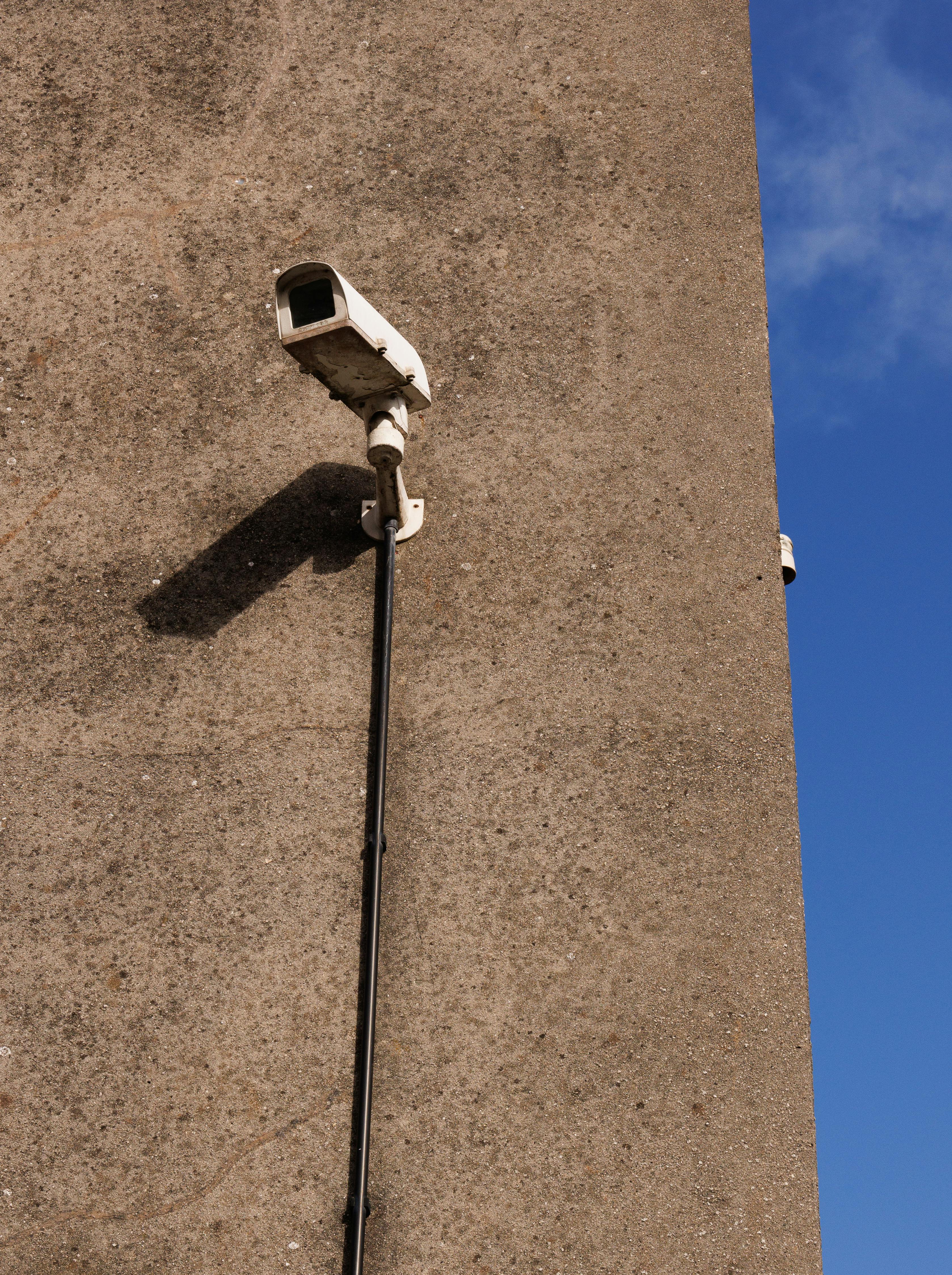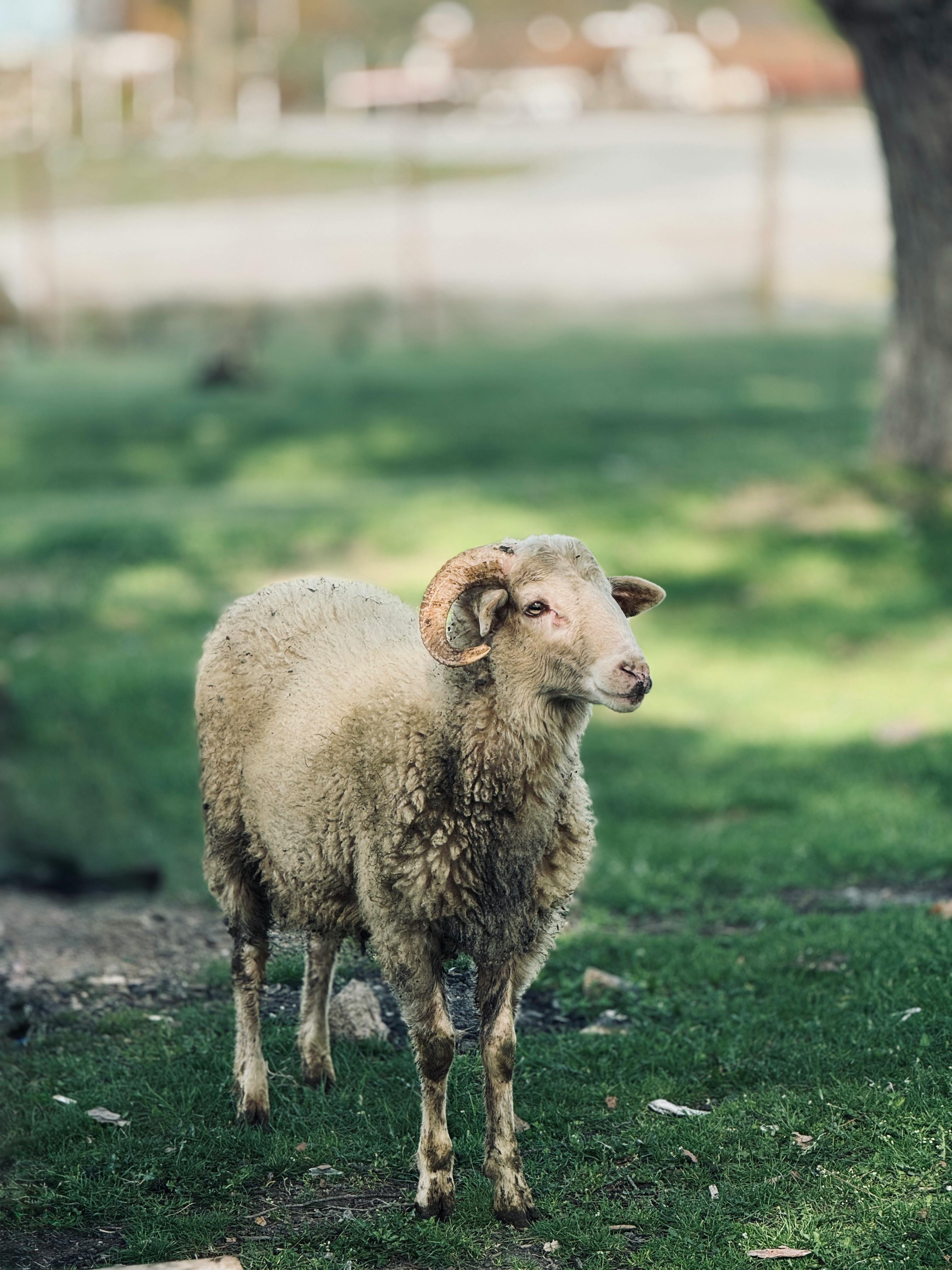Have you ever stopped to think about the wild pigs that roam our natural spaces? These animals, often seen in groups, are quite fascinating. We call these groups a "boar corps," and they represent a complex social arrangement in the animal kingdom. Learning about them can give us a fresh perspective on how creatures live and interact in the wild, which is, you know, pretty neat.
Wild pigs, or boars, usually do not wander around all by themselves. They often stick together, forming these small or sometimes rather large gatherings. This collective way of life helps them with many things, like finding food, staying safe from other animals, and just generally making their way in the world. It is, to be honest, a clever way to survive out there.
So, we are going to take a closer look at these groups of wild pigs. We will talk about what makes them tick, how they live day to day, and what their presence means for the places they call home. It is a chance to get a bit more familiar with a part of nature that, as a matter of fact, many people might not often consider.
- How Old Whitney Houston When She Died
- Joanna Garcia
- James Louis Mccartney
- Mary Rose Donahue
- Priscilla Chan Doctor
Table of Contents
- What Exactly Is a Boar Corps?
- How Boar Corps Form and Stick Together
- Daily Life for a Boar Corps
- The Boar Corps and Their Food Quest
- Do Boar Corps Really Have Leaders?
- Why Are Boar Corps Important to Nature?
- The Boar Corps' Impact on Their Surroundings
- What Happens When Boar Corps Get Too Big?
- Managing the Size of a Boar Corps
What Exactly Is a Boar Corps?
When we talk about a "boar corps," we are essentially referring to a group of wild pigs that hang out together. These animals are, you know, pretty social creatures for the most part. They do not typically live a solitary existence, especially the females and their young. Instead, they form these small to medium-sized clusters, which helps them out in quite a few ways. It is, in a way, like a family or a close-knit crew.
These groups are usually made up of a few adult females, often sisters or mothers and daughters, along with their offspring. The younger males might stay with the group for a bit, but as they get older, they tend to go off on their own or form smaller bachelor groups. So, you could say, the core of a boar corps is really about the female lineage, which is pretty interesting when you think about it.
The size of a boar corps can vary quite a bit. Sometimes, you might see just a handful of pigs together, perhaps a mother with her little ones. Other times, especially in places where food is plentiful and there are not many things to worry about, these groups can grow to include many more individuals. It is, in some respects, a flexible arrangement that changes with the conditions around them.
- Whitney Houston How Old Was She When She Died
- George Straits Son Current Situation
- Rupert Grint Girlfriend
- Beatty Actor
- Georgia Connick
Understanding what makes up one of these groups helps us get a better sense of how these animals survive and thrive in their wild homes. They are not just random collections of pigs; there is, actually, a structure to how they operate, which is pretty clever for wild animals, you know.
How Boar Corps Form and Stick Together
The way a boar corps comes together and stays connected is, honestly, quite straightforward. It starts with a mother and her piglets. As the piglets grow up, the female ones often stay with their mother, forming a new generation within the same group. This creates a lasting bond between the females, which is a pretty common pattern in the animal world, too it's almost.
These groups are not just about shared family ties, though. They also stick together because there are benefits to being part of a collective. For instance, when there are more eyes and ears, it is easier to spot potential dangers. One pig might pick up a scent or hear a sound that another misses, and then, you know, they can all react together. This shared vigilance is a big plus for their safety, basically.
Finding food is another reason these groups remain united. When a whole boar corps is looking for something to eat, they can cover more ground and perhaps even unearth more food items than a single pig could on its own. They might, for example, work together to turn over larger rocks or dig deeper into the soil to get at tasty roots or bugs. It is, you could say, a team effort for supper.
The social connections within a boar corps are also, quite literally, important for the pigs' well-being. They groom each other, rest together, and generally provide a sense of belonging. This kind of interaction helps reduce stress and keeps the group healthy and cohesive. So, it is not just about survival; it is also about having companions, which is, in fact, something many creatures seem to appreciate.
Daily Life for a Boar Corps
A typical day for a boar corps involves a lot of moving around, searching for food, and taking naps. They are, generally speaking, most active during the cooler parts of the day, like early morning and late afternoon. During the hottest hours, you will often find them resting in shady spots or taking a nice mud bath, which is, you know, pretty smart to keep cool.
Their daily routine is pretty much dictated by their need to eat and stay safe. They have a keen sense of smell, which they use constantly to sniff out food hidden underground or to detect the presence of other animals, including humans. This sense is, honestly, one of their most important tools for getting by each day.
As they move through their territory, a boar corps will often create distinct paths. They follow these same routes repeatedly, which can sometimes make it easier to spot where they have been. This consistent movement helps them to efficiently cover their feeding grounds and get back to their resting spots, too it's almost.
They also spend a good amount of time just being pigs, like rooting around in the soil, rubbing against trees, and sometimes, if they find a good spot, rolling in mud. These activities are not just for fun; they help keep their skin healthy and free of bugs. So, their daily life is a mix of practical tasks and simple pleasures, which is, in a way, pretty relatable.
The Boar Corps and Their Food Quest
The main activity for any boar corps, more or less, is finding food. These animals are what you call "opportunistic eaters," meaning they will consume pretty much anything they can get their snouts on. Their diet is incredibly varied, which helps them survive in many different environments. They are, basically, not picky eaters at all.
They love to dig. Using their strong snouts, they will root around in the dirt, turning over soil to find things like roots, bulbs, and fungi. This digging can sometimes leave quite a mess, but it is how they get a lot of their meals. It is, in fact, a very effective way for them to forage for hidden goodies.
Beyond what is underground, a boar corps will also munch on various plant parts above ground, like leaves, stems, and fruits when they are available. They are also quite happy to eat insects, worms, and even small animals if they happen to come across them. If there are crops around, like corn or potatoes, they will, naturally, be very interested in those too.
Their collective effort in searching for food means they can often find more resources than a single pig could. One might uncover something, and the others will quickly gather around to share. This shared approach to dining is, you know, a pretty smart survival tactic for the group as a whole. It ensures that, more or less, everyone gets a bite.
Do Boar Corps Really Have Leaders?
When you observe a boar corps, you might wonder if there is a specific pig in charge, like a leader. It is not quite as simple as having one boss pig. The social structure is a bit more fluid than that, though there are definitely influential members. So, it is not like a strict hierarchy with a single individual calling all the shots, but rather a more distributed kind of authority, you know.
Typically, the oldest and largest female, sometimes called a matriarch, tends to be the most experienced and, in a way, the most respected member of the boar corps. She is often the one who knows the best feeding spots, the safest resting places, and the routes to water sources. Other pigs in the group will often follow her lead, especially when it comes to moving from one area to another. She is, in fact, a kind of walking map and guide.
However, it is not always a strict command structure. Different pigs might take the lead in different situations. For instance, a younger, more energetic pig might be the first to investigate a new scent, while the older female might be the one to decide when it is time to move on from a feeding area. So, leadership can, basically, shift depending on what is happening, which is pretty interesting.
The decision-making process within a boar corps seems to be more about collective agreement and following the most experienced individual rather than one pig giving orders. They communicate through various grunts, snorts, and body language, which helps them coordinate their movements and actions. It is, to be honest, a pretty effective system for a group of wild animals, ensuring everyone is more or less on the same page.
Why Are Boar Corps Important to Nature?
A boar corps plays a pretty interesting part in the places they live. Their activities, especially their constant digging and rooting around, have a big effect on the soil and the plants that grow there. You might not think about it much, but they are, in a way, natural gardeners, though sometimes a bit messy about it, you know.
When they dig, they turn over the soil, which helps to aerate it. This means more air gets into the ground, which is good for plant roots and for the tiny creatures that live in the soil. It is, actually, a bit like what a farmer does when plowing a field, but on a smaller, wilder scale. This disturbance can help new seeds sprout and grow, which is pretty neat.
They also help to spread seeds around. As they eat fruits and other plant parts, the seeds often pass through their digestive system unharmed and are then dropped in new places. This helps plants colonize new areas, which is, in fact, a crucial part of how ecosystems work. So, they are, in some respects, little seed dispersers.
However, their actions can also have less desirable outcomes. In some areas, if there are too many boars, their rooting can cause a lot of damage to fields or sensitive natural habitats. They can also affect the populations of other small animals they might eat. So, their importance to nature is a bit of a mixed bag, depending on the circumstances, and that, is that.
The Boar Corps' Impact on Their Surroundings
The presence of a boar corps can definitely leave its mark on the environment. Their rooting behavior, while beneficial for soil aeration and seed dispersal in some ways, can also lead to significant changes in the ground cover. They can, for example, turn over large patches of earth, which might look a bit messy but is a natural process for them, you know.
In certain areas, especially where their numbers are high, the impact of a boar corps can be quite noticeable. They might dig up entire sections of grassland or forest floor, looking for food. This can affect the types of plants that grow there and can sometimes make it harder for other animals to find their own food sources if the boars have already been through. It is, in a way, a bit of a disturbance, to be honest.
They can also affect water sources. Boars love to wallow in mud and shallow water, which can stir up sediment and sometimes affect water quality in small ponds or streams. This is just part of their natural behavior to cool down and protect their skin, but it does have an effect on their watery homes, you know.
The overall impact of a boar corps on its surroundings really depends on how many of them there are and what kind of place they are living in. In a balanced ecosystem, their actions can be part of the natural cycle. But if their numbers get too high, the effects can become more pronounced and sometimes cause concern for those looking after the land. It is, pretty much, a delicate balance.
What Happens When Boar Corps Get Too Big?
Sometimes, a boar corps can grow quite large, especially if there is plenty of food and not many things that might hunt them. When these groups become very big, it can create some challenges, both for the boars themselves and for the environment around them. It is, you know, a bit like when any group gets too crowded, things can get a little tricky.
A larger boar corps needs more food, obviously. This means they will spend more time foraging and might put more pressure on the local food sources. They could, for instance, eat through an area's supply of roots or nuts much faster than a smaller group, leaving less for other animals or for future growth. So, resource competition can become a thing, actually.
Their increased digging can also cause more extensive damage to the land. If a very large boar corps is consistently rooting in the same area, it can change the soil structure and even lead to erosion in some places. This is, in fact, a concern for land managers who try to keep natural areas healthy. It is, basically, a lot of digging happening all at once.
Also, larger groups can sometimes be more noticeable to people, and if they start moving into areas where people live or farm, it can lead to conflicts. They might cause damage to crops or gardens, which is, naturally, not something farmers or homeowners want. So, managing their size becomes, in a way, a practical matter for everyone involved.
Managing the Size of a Boar Corps
When a boar corps gets too numerous for a particular area, people sometimes need to step in to help manage their numbers. This is usually done to protect the environment, prevent damage to farms, or ensure the safety of both people and the pigs themselves. It is, you know, about finding a balance in the wild, which can be pretty tough.
One common way to manage their populations is through regulated hunting. This helps to keep the numbers in check and can reduce the impact they have on the land. It is, basically, a method that has been used for a long time to control animal populations, and it is pretty effective when done carefully.
Another approach involves trying to make certain areas less appealing to them. This might mean putting up fences around farms or gardens to keep the boar corps out. Or, it could involve making changes to the habitat so it does not offer as much food or cover for them. So, it is about trying to gently encourage them to find homes elsewhere, which is, in some respects, a kind of environmental planning.
Understanding how a boar corps functions and what influences its size is a big part of figuring out the best ways to live alongside these wild animals. It is a complex issue, but with careful thought and action, it is possible to maintain a healthy relationship between people and these fascinating creatures. That, is, you know, a good thing to aim for.
This article explored what a boar corps is, how these groups form and stick together, their daily routines, and how they find food. We also looked at their social structure, whether they have leaders, and their impact on nature, including what happens when their numbers grow too large and how their populations can be managed.
Related Resources:



Detail Author:
- Name : Prof. Garrett Fahey V
- Username : deontae23
- Email : jast.darrick@macejkovic.com
- Birthdate : 1996-01-05
- Address : 697 VonRueden Station Sandrashire, CT 73324
- Phone : 240.785.7048
- Company : Beahan-Padberg
- Job : Refractory Materials Repairer
- Bio : Temporibus at esse accusantium doloremque aut. Suscipit magnam aliquid aut in at dolores. Nihil est vero quae magni non sit quod. Ut dolor aut cupiditate nesciunt est ut.
Socials
instagram:
- url : https://instagram.com/eloise_ruecker
- username : eloise_ruecker
- bio : Occaecati quasi nam distinctio repudiandae odio. Amet qui aut odio.
- followers : 3543
- following : 1037
tiktok:
- url : https://tiktok.com/@eloise6389
- username : eloise6389
- bio : Eius blanditiis in et et asperiores deserunt.
- followers : 1703
- following : 335
twitter:
- url : https://twitter.com/eloise_xx
- username : eloise_xx
- bio : Sed quia eaque aperiam dolor. Aut et quia dolores fugit. Expedita eligendi iure molestias quis. Aperiam quis est dolorem facilis deserunt.
- followers : 1841
- following : 615
linkedin:
- url : https://linkedin.com/in/eloise.ruecker
- username : eloise.ruecker
- bio : Ut in facere doloremque deleniti.
- followers : 3980
- following : 420